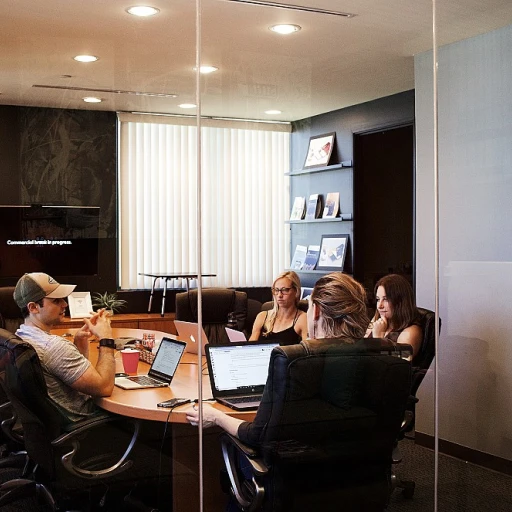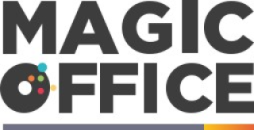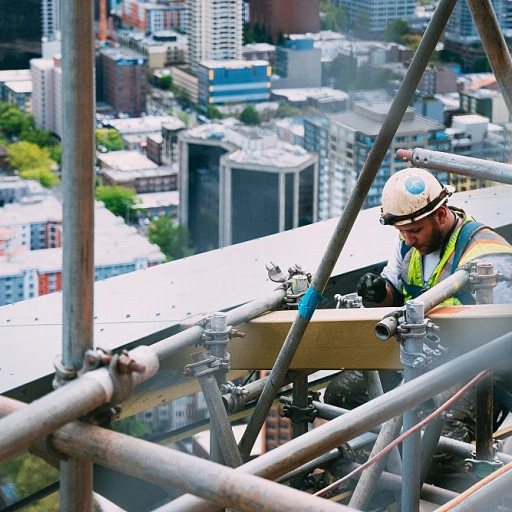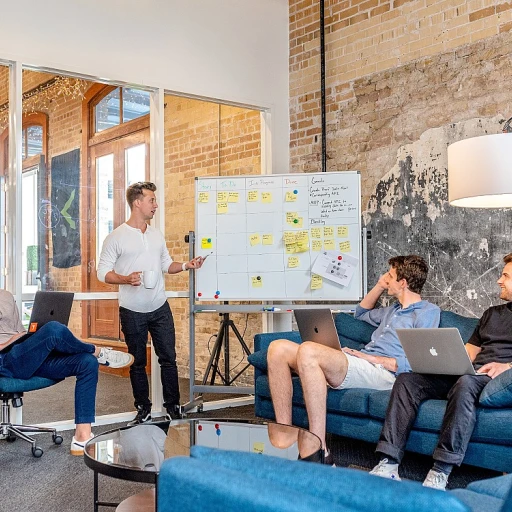
The Importance of the Exit Button in Office Security
Critical Component for Safety
A seemingly simple fixture, the exit button plays an increasingly crucial role in maintaining the security of UK offices. Its importance, however, extends beyond just being an alternative to the traditional door handle. Security concerns in modern office spaces have necessitated the adoption of more sophisticated systems, where exit buttons act as an integral component of access control mechanisms. Using an exit button, you can efficiently manage who enters and leaves the building, as it often pairs with door access systems that allow for controlled and monitored movement. In this regard, it may serve as a dependable "request exit" point, ensuring that only those with proper clearance can enter or exit particular areas. Moreover, integrating features such as LED light indicators can enhance usability and security by signaling operational status and guiding users safely. Exit buttons also support design versatility and compliance with safety regulations. Options like vis indoor, touch exit, or those with stainless steel finishes provide offices with customizable choices to match their specific security and aesthetic needs. Additionally, implementing these buttons can bolster an office's strategic safety setup, optimizing escape routes and emergency exits. For further insights on enhancing security protocols with modern access solutions, you can explore our comprehensive guide on controlled entry points.Enhancing Workflow Efficiency with the Exit Button
Boosting Efficiency with Exit Solutions
An exit button isn’t just a mechanism for leaving a room — it significantly contributes to workflow efficiency within an office setting. The ability to swiftly exit meeting rooms or secured employee-only areas can streamline operations, ensuring that tasks are managed promptly and effectively. The standard size and placement of a push button near doors can minimize disruptions and enhance the flow of movement. For instance, a strategically placed touch exit button with a soft touch feature reduces physical strain and allows for smoother transitions between office areas. Ensuring the exit button is equipped with a bright LED light, whether it's a blue led or another clear indication, assists employees in quickly locating the exit in times of high stress or urgency. This is especially crucial during emergency evacuations, aligning with enhanced safety protocols in UK companies. For more on maintaining safety and efficiency, consider exploring enhancing safety with advanced fire detection systems in UK offices. For optimum functioning, adding features like a button timer can regulate exits based on specified time intervals, thereby controlling access without compromising security. This not only aids in managing exit controls better but also aids in the protection of assets, aligning with broader company security policies. Furthermore, when considering the design and price, opting for durable materials like stainless steel not only boosts aesthetics but assures longevity. Precise manufacturing of indoor stainless buttons with relay outputs can provide a robust solution that complements modern office demands. Ultimately, integrating well-designed exit button systems can remarkably transform the efficiency and effectiveness of office operations, playing a pivotal role in both regular everyday processes and urgent scenarios.Exit Button Design Considerations for UK Offices
Designing for Optimal Use and Integration
A well-designed exit button is crucial for smoothly integrating this essential element into your office's access control system. In the context of UK offices, several considerations stand out to maximize functionality and efficiency. Each office environment is unique, and selecting the right components requires careful assessment of the building's needs and layout.
One of the most common choices is the stainless steel option, which offers both durability and a sleek look, compatible with various office interiors. Indoor stainless steel buttons provide robust performance that stands up to daily use.
- Standard size: Ensures compatibility with different door access points.
- Push exit and touch exit functionality: Offers flexibility, allowing users to choose between a push button action or a touch-sensitive response for exits.
- LED light outputs: Features like a blue LED light can be added for enhanced visibility, making it easier to locate the button in all lighting conditions.
- Button timer and control outputs: These can help manage automated systems and ensure timely responses to exit requests.
Investing in a quality visionis or vis indoor product that includes features like a push button timer for customizable door access settings can pay dividends in the future. The goal of these features is to improve security while maintaining employee conveniences such as quick and easy indoor stainless movements.
Ultimately, price considerations should be in line with the workplace's requirements. Many choices are available that balance cost and functionality, ensuring you protect valuable assets without inflating your budget.
This balance of design and function aids in employee satisfaction, enhancing the perception of workplace efficiency, as noted in previous sections. Such thought-out integrations contribute to an office environment where workflows are uninterrupted, further supporting document management optimizations for UK companies.
Employee Satisfaction and the Exit Button
The Impact on Employee Experience
The presence of a well-functioning exit button can significantly enhance the employee experience within UK offices. Not only does it contribute to a secure environment, but it also aids in streamlining day-to-day operations. By offering a simple method of egress, an exit button that efficiently responds to a touch or push helps reduce stress and confusion among employees, especially during high-pressure situations. Moreover, employees appreciate the convenience and reliability of an exit button, which in turn reflects positively on their satisfaction and morale. An office equipped with the latest exit push systems, featuring a stainless steel button with LED light outputs, can project a modern and professional image, which employees often value. A standard size push button door with a blue LED light can also offer clear visual cues, reducing any hesitation during use.Supporting Accessibility and Convenience
Accessibility is a key factor in employee satisfaction. Many modern exit buttons, such as those by Visionis, provide touch or request exit options that cater to diverse needs, including those with physical limitations. A proper exit system, ensuring easy door access while maintaining security controls, promotes inclusiveness, making the workplace more accommodating for everyone. Additionally, incorporating access control measures, such as a button timer or access control integration, adds a layer of flexibility and security, aligning with both employee satisfaction and overall office management goals. These setups allow employees to feel safe while providing the convenience of a seamless exit when needed.Cost-Effectiveness and Long-Term Benefits
While the initial price of implementing an advanced exit button system may be a consideration, the long-term benefits often outweigh the costs. Indoor stainless steel exit buttons are known for their durability, thus protecting the office’s investment as an important asset. The reliability and performance of a well-chosen exit button can decrease maintenance requests and costs related to door access issues. Investing in an exit button with stable control outputs and impressive design also impacts energy efficiency, such as those systems which incorporate LED light outputs. Whether the choice is a touch exit or a button vis, these advancements support sustainable practices, which resonate well with employees concerned about environmental impact.Technological Advancements in Exit Button Systems
Integrating Modern Technology in Exit Button Systems
In recent years, advancements in technology have profoundly impacted various components of office infrastructure, including the exit button. The evolution of these systems not only enhances office security but also elevates overall efficiency and user experience. Technological innovations such as the incorporation of LED light technology have paved the way for exit buttons to be more user-friendly, as well as providing clear visibility with options like blue LED indicators. This helps users quickly locate and use the button door exit mechanism efficiently, especially in low-light settings. Another functional addition is the touch exit feature. These systems can often include touch-sensitive panels that respond effortlessly to a simple pushs, offering flexible outputs tailored to different requirements. The integration of touch-sensitive technology contributes to seamless office workflow, reducing the need for excessive force or repeated attempts to operate the button. Furthermore, the use of durable materials such as stainless steel in the design of these systems ensures longevity and resilience. Stainless steel models are particularly suited for busy office environments, as they can withstand frequent use and harsh cleaning agents, securing the asset for extended periods. In terms of access control, modern exit buttons can be integrated with access management systems to provide enhanced control over who enters and exits through a specific door. The use of request exit features allows for sophisticated control options, linking with systems that manage employee access by granting or withdrawing permissions based on preset parameters. These advancements not only elevate the exit button's functionality but also underscore the alignments of these systems with other technologies within the office ecosystem. As companies continue to embrace fresh innovations, the relevance and application of advanced exit button systems will only grow, reinforcing their status as a fundamental component of modern office management. In exploring these technologies, businesses ensure they are not just meeting, but often exceeding, standard size requirements for office efficiency and security.Best Practices for Implementing Exit Buttons in UK Offices
Successful Implementation Strategies for Exit Buttons
To ensure effective operation and integration of exit buttons in UK offices, several best practices can be adopted. These approaches focus on optimizing both security and efficiency within the workplace.- Comprehensive Assessment: Conduct a thorough evaluation of your office's access control requirements. Consider factors such as the size and layout of the space, as well as specific security needs. This ensures the appropriate placement and type of exit buttons are chosen, enhancing workflow efficiency.
- Standardized Systems: Utilize exit buttons that conform to standard size and specifications, like indoor stainless steel, which are typically robust and offer long-lasting performance. This also ensures that buttons are easily integrated with existing control systems and compatible with the latest technological advancements.
- Access Control Integration: Implement exit buttons as part of a larger access control system. The integration with devices like visionis control and push buttons ensures smooth door access processes, allowing for streamlined movement while maintaining office security.
- Employee Training: Provide adequate training to staff on using exit buttons, covering how to appropriately use the push exit functionalities and request exit procedures. This education can enhance employee satisfaction as they become comfortable with the new systems.
- Technology Utilization: Opt for systems with features such as LED light indicators to enhance user experience. Light outputs can provide visual confirmation of action, ensuring users know when doors are accessible, thus reducing user error and increasing satisfaction.
- Routine Maintenance: Schedule regular checks and maintenance for exit buttons. This includes ensuring the touch exit and button timer functionalities work correctly, which can prevent unexpected malfunctions that may disrupt workflow efficiency.
- Feedback and Adjustments: Encourage feedback from employees regarding the ease of use and functionality of the exit buttons. Use this input to make any necessary adjustments, ensuring the system meets the needs of all users.













